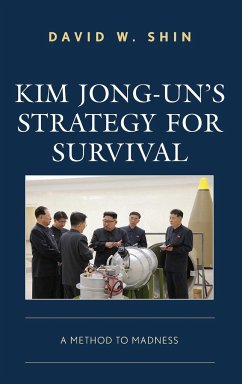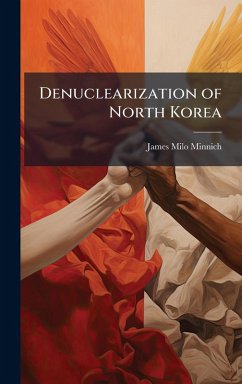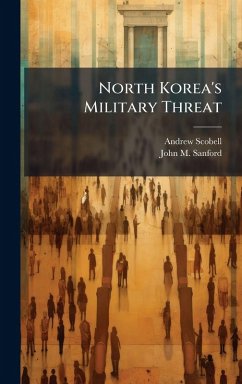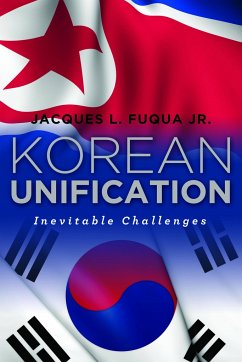
Korea and U.S. Security Strategy
Versandkostenfrei!
Versandfertig in über 4 Wochen
28,99 €
inkl. MwSt.
Weitere Ausgaben:

PAYBACK Punkte
14 °P sammeln!
The purpose of this paper is to examine the US security strategy in Northeast Asia in the post-Korean Armistice period. Although the United States has maintained a steadfast alliance with the Republic of Korea since the signing of the Korean Armistice Agreement in 1953, the decision by the United States to actively engage North Korea in direct dialogue has created the potential for increasing divergence of interest within the alliance. The United States is concerned with the nuclear proliferation issue while the Republic of Korea is concerned with being recognized as a principal party to any p...
The purpose of this paper is to examine the US security strategy in Northeast Asia in the post-Korean Armistice period. Although the United States has maintained a steadfast alliance with the Republic of Korea since the signing of the Korean Armistice Agreement in 1953, the decision by the United States to actively engage North Korea in direct dialogue has created the potential for increasing divergence of interest within the alliance. The United States is concerned with the nuclear proliferation issue while the Republic of Korea is concerned with being recognized as a principal party to any peace settlement. This work has been selected by scholars as being culturally important, and is part of the knowledge base of civilization as we know it. This work was reproduced from the original artifact, and remains as true to the original work as possible. Therefore, you will see the original copyright references, library stamps (as most of these works have been housed in our most important libraries around the world), and other notations in the work. This work is in the public domain in the United States of America, and possibly other nations. Within the United States, you may freely copy and distribute this work, as no entity (individual or corporate) has a copyright on the body of the work. As a reproduction of a historical artifact, this work may contain missing or blurred pages, poor pictures, errant marks, etc. Scholars believe, and we concur, that this work is important enough to be preserved, reproduced, and made generally available to the public. We appreciate your support of the preservation process, and thank you for being an important part of keeping this knowledge alive and relevant.












